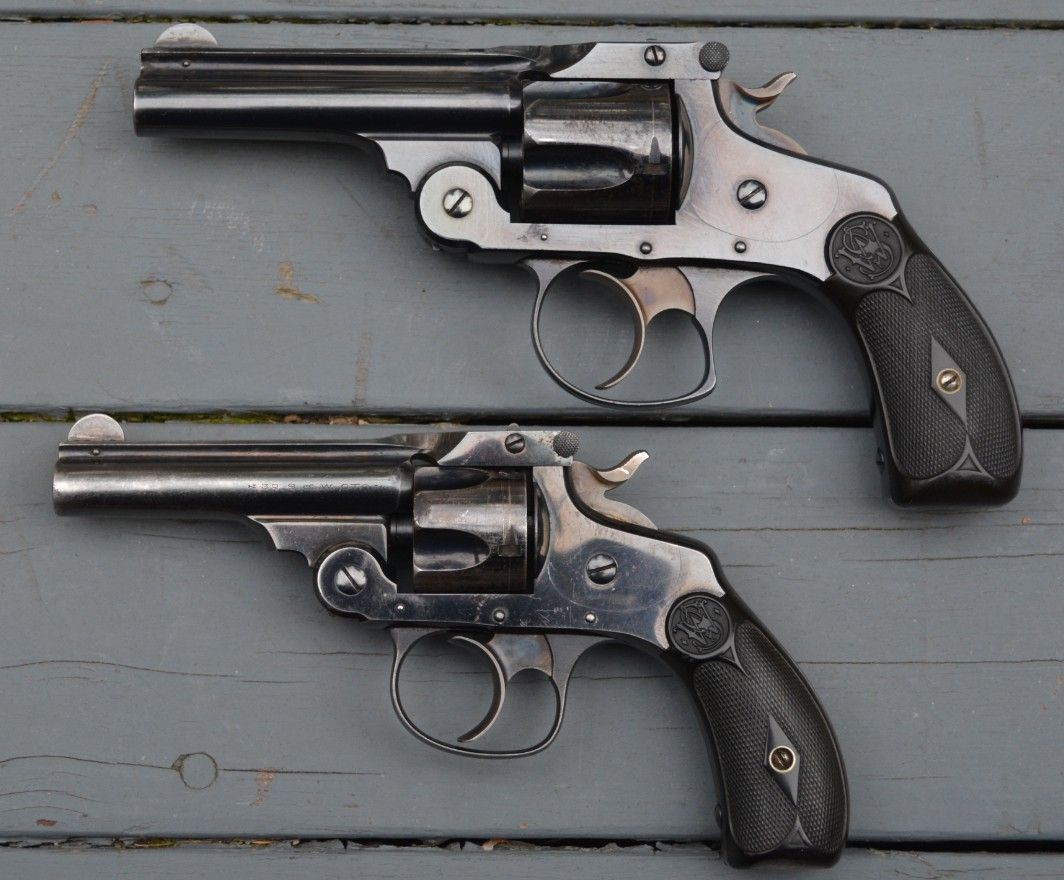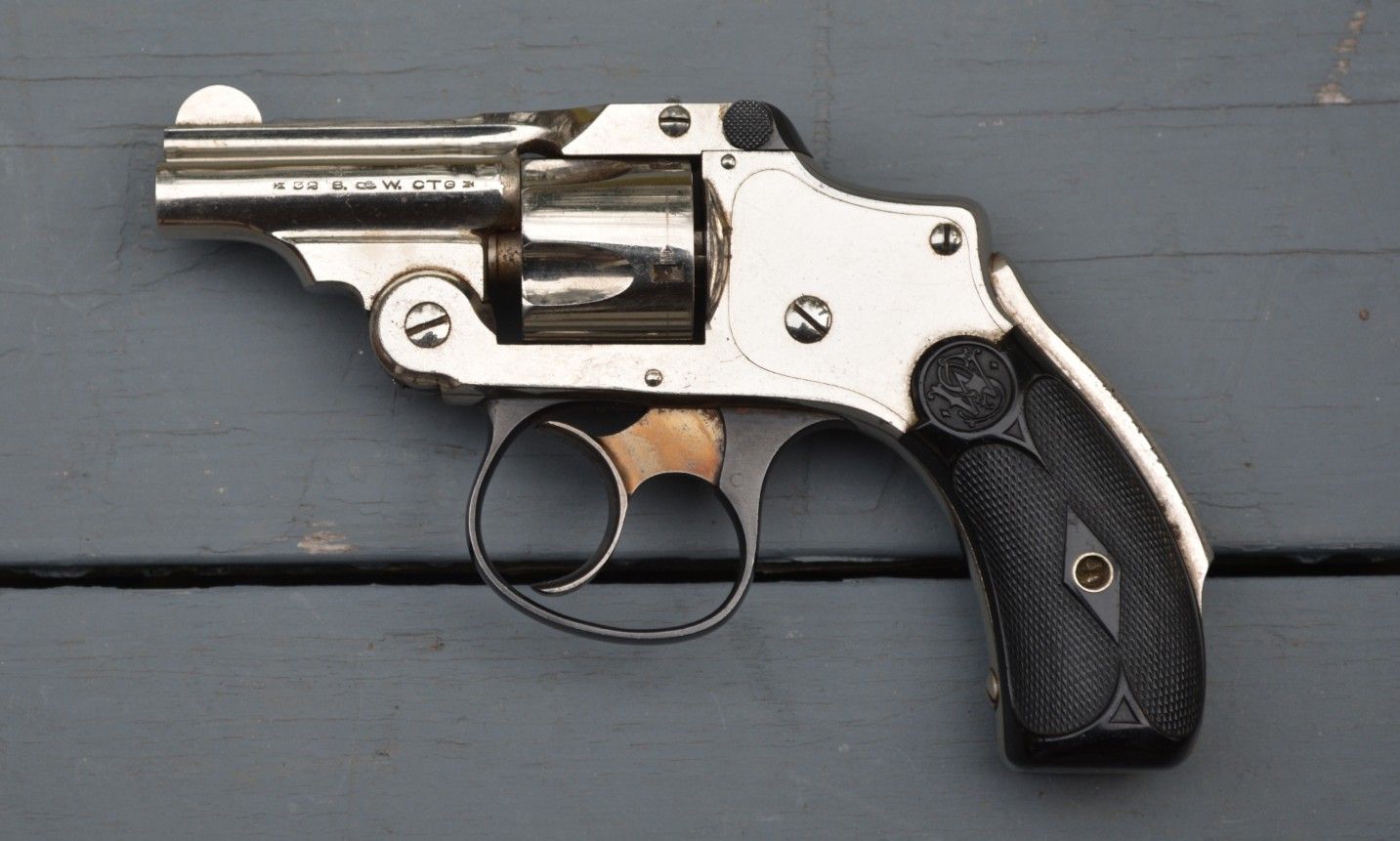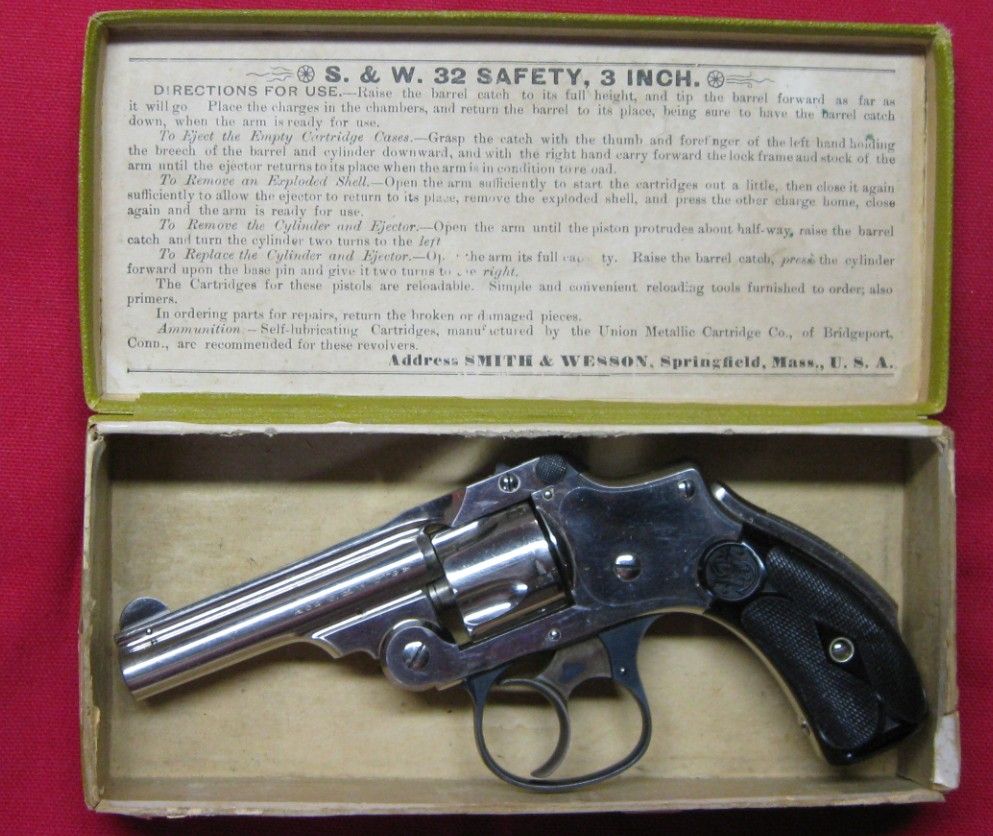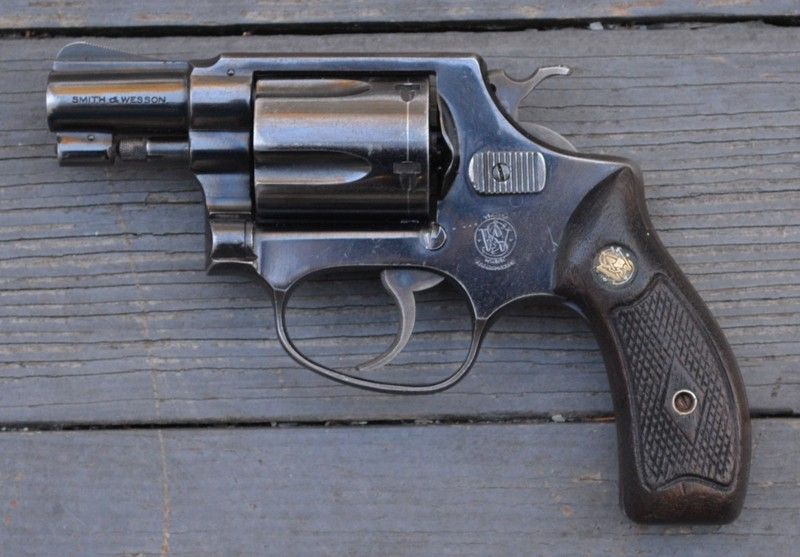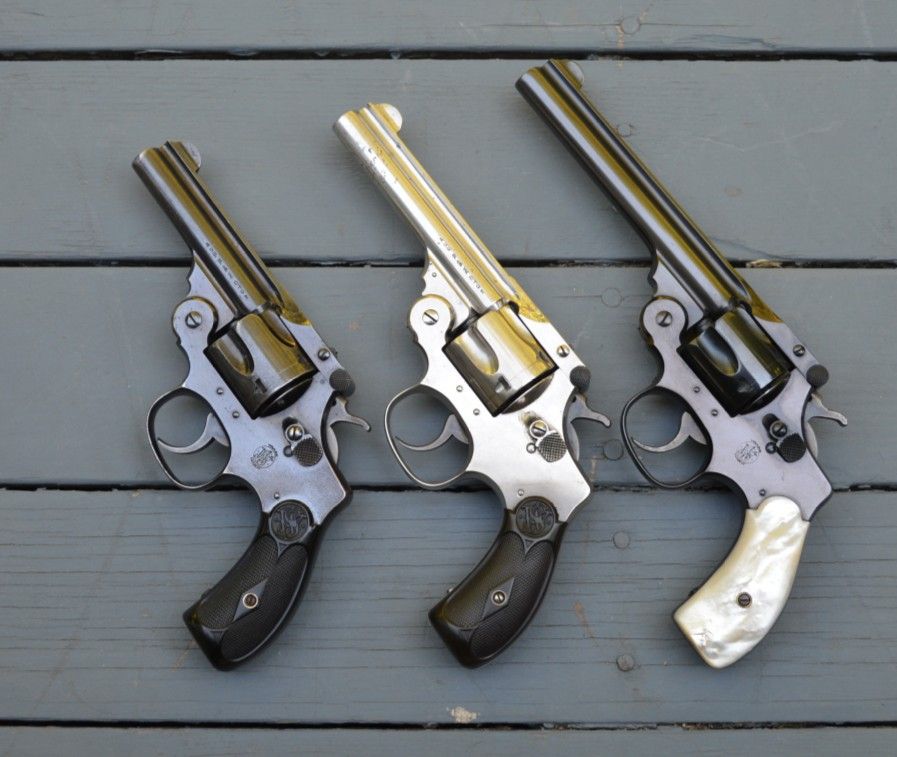Driftwood Johnson
New member
Howdy Again
I have watched this discussion with interest over the last few days.
What nobody, at least I don't think anybody said it, is that because the frame of a Top Break revolver is in two pieces, the frame proper, and the barrel, they inevitably loosen up over time. I can't tell you how many old Top Breaks I have examined that have loosened up.
A modern solid frame revolver has an integral top strap. The frame is not going to stretch. With a Top Break, either the rotating joint will loosen up, or the Top Strap will stretch. So that when the latch is closed, it is loosey goosey. Even if one were to be made with modern materials, it will still eventually loosen up because the frame is in two parts.
I have lots of experience shooting Top Break revolvers.

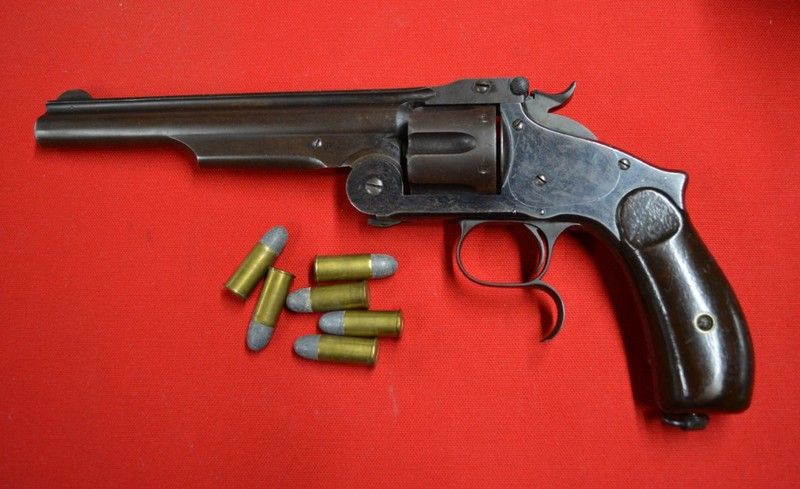
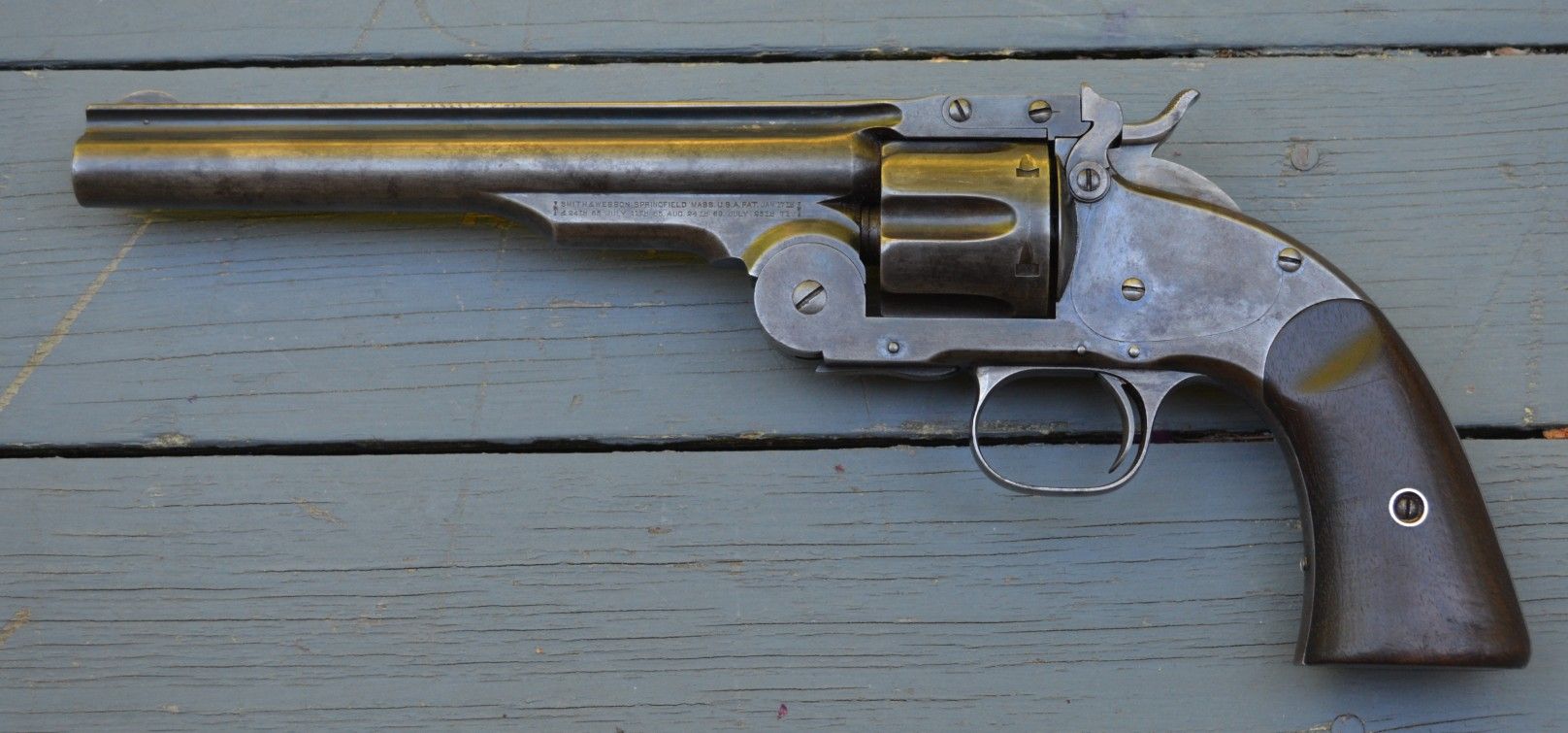
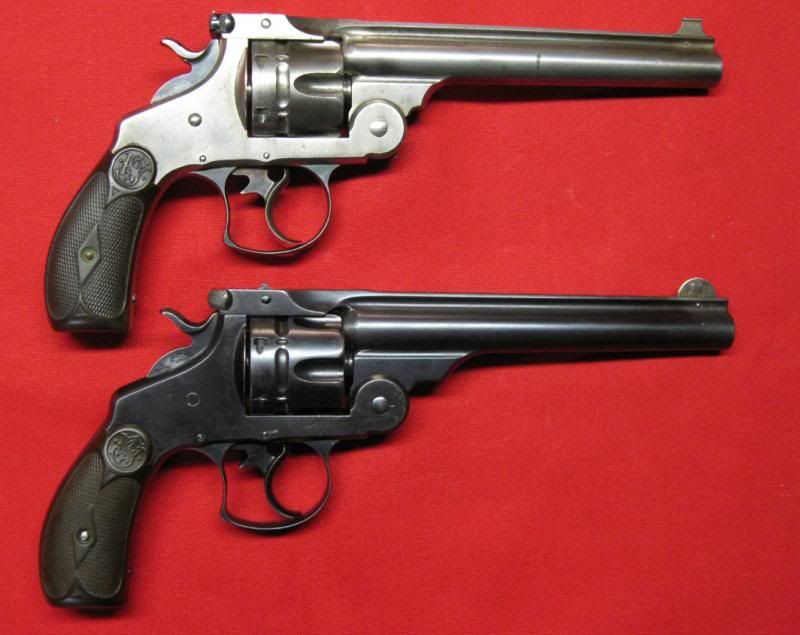
And I whole wholeheartedly agree with 44 Amp about how easy it is to jam one up. With a modern double action revolver you just open the cylinder and point it skyward. You pop the ejector rod down with your thumb and all the empties fall clear. In order to pop the empties out of a Top Break, you must lower the barrel briskly, just as he said. There is no real 'ejector'. The extractor pulls the empties out as quickly as you rotate the barrel down. If you don't do it quickly, an empty can slip down under the ejector and then when the ejector snaps home the empty is jammed under the extractor. And it is a pain to open the revolver slowly to get the jammed one out. It generally involves holding the extractor up with your thumbnail while you try to wiggle the offending round out. Been there, done that more than once. I have found the best way to eject empties out of a Top Break is to flick the gun sideways while rotating the barrel down. This way gravity will not help any stragglers fall back down into the chambers.
I have watched this discussion with interest over the last few days.
What nobody, at least I don't think anybody said it, is that because the frame of a Top Break revolver is in two pieces, the frame proper, and the barrel, they inevitably loosen up over time. I can't tell you how many old Top Breaks I have examined that have loosened up.
A modern solid frame revolver has an integral top strap. The frame is not going to stretch. With a Top Break, either the rotating joint will loosen up, or the Top Strap will stretch. So that when the latch is closed, it is loosey goosey. Even if one were to be made with modern materials, it will still eventually loosen up because the frame is in two parts.
I have lots of experience shooting Top Break revolvers.




And I whole wholeheartedly agree with 44 Amp about how easy it is to jam one up. With a modern double action revolver you just open the cylinder and point it skyward. You pop the ejector rod down with your thumb and all the empties fall clear. In order to pop the empties out of a Top Break, you must lower the barrel briskly, just as he said. There is no real 'ejector'. The extractor pulls the empties out as quickly as you rotate the barrel down. If you don't do it quickly, an empty can slip down under the ejector and then when the ejector snaps home the empty is jammed under the extractor. And it is a pain to open the revolver slowly to get the jammed one out. It generally involves holding the extractor up with your thumbnail while you try to wiggle the offending round out. Been there, done that more than once. I have found the best way to eject empties out of a Top Break is to flick the gun sideways while rotating the barrel down. This way gravity will not help any stragglers fall back down into the chambers.
Last edited:

